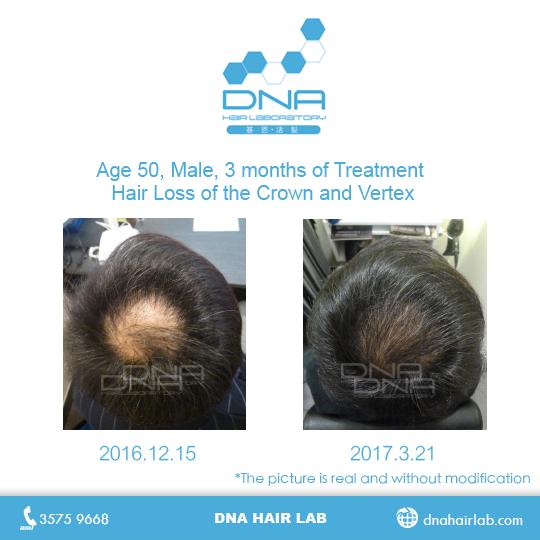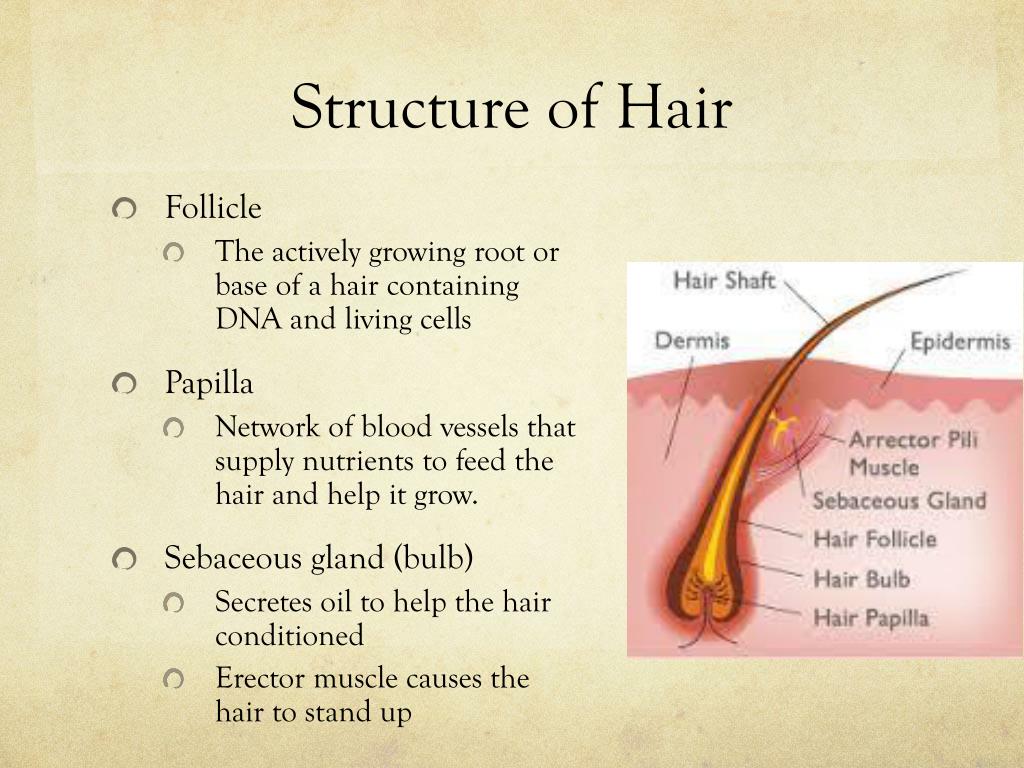Casual Info About Does Hair Have Dna Drop Curls Hairstyle Black Women
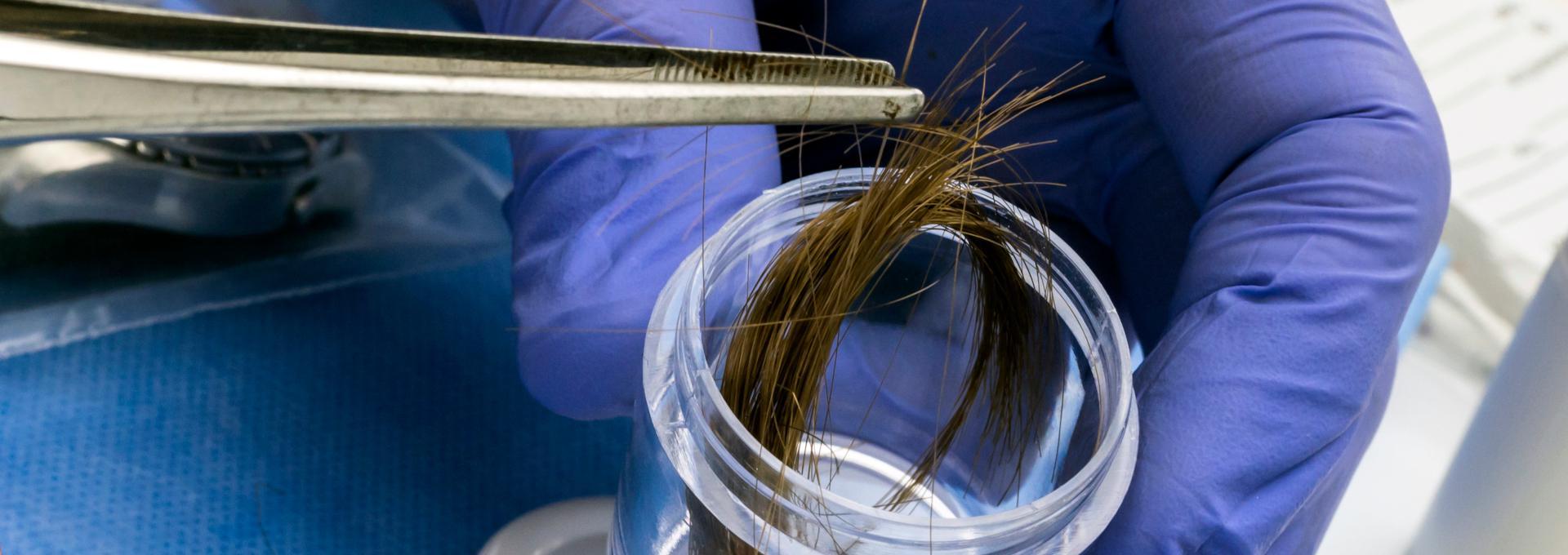
With all the possible gene combinations, you are one of 64 trillion.
Does hair have dna. It’s a test in which a sample of someone’s hair is taken and then forwarded to the lab to measure its mineral content. Hair samples are one of the most important resources in the forensic analysis of crime scenes, often providing valuable. Curly hair is a dominant gene trait that you inherit from your parents.
Rootless hair shafts, with their low template and degraded dna, are particularly challenging. Usually, hair analysis is done with the hair from the back of the neck. As the hair is subjected to grooming, abrasion, cutting, and possibly artificial treatment, microscopic characteristics are imparted to the tip of the hair.
Hormones, stress and even climate change can play a role. Studies suggest that different genes influence hair texture and thickness in people of different ethnic backgrounds. But recent technologies have instead analyzed.
Hair can be used for dna testing in various scenarios, such as crime investigations, paternity tests, and identifying missing persons. Nuclear dna is found in the tissue at the root of a strand of hair while mitochondrial dna is found in the shaft of hair itself. Human hair contains two types of dna.
The suitability of hair for dna analysis. Hair dna testing is often used in forensic. As they have with hair roots and hair.
Find out the difference between nuclear and mitochondrial dna, the success rate of hair dna testing, and the factors that affect it. Forensic hair analysis can be done to help identify a. Learn how dna combines with other factors to determine your hair type and how it can.
Geneticists estimate that your 46 chromosomes are made of 60,000 to 100,000 genes. Hair dna testing is a reliable identification method and has been used for many years across a plethora of industries. Learn how dna is extracted from hair samples for paternity and criminal investigations.
Numerous scientific studies have shown that genetic drift and bottleneck effects are responsible for the high incidence of mitochondrial heteroplasmy in hair,. Recent advances in molecular genetics have enabled the identification of many genes and pathways that are involved in hf morphogenesis and cycling. Genetic factors appear to play a major role in determining hair texture—straight, wavy, or curly—and the thickness of individual strands of hair.
Find out how scientists figured out the genetic link to. The hair dna test is also known as hair analysis. As we discover, dna isn't the only determinant of hair health.
It can be used to find out if people are related. Understanding how our genetic information can produce different hair colour tones can be as difficult as untangling long hair after not brushing it for several days. Hair analysis is done by evaluating hair structure and dna from cells attached to the root of the hair.
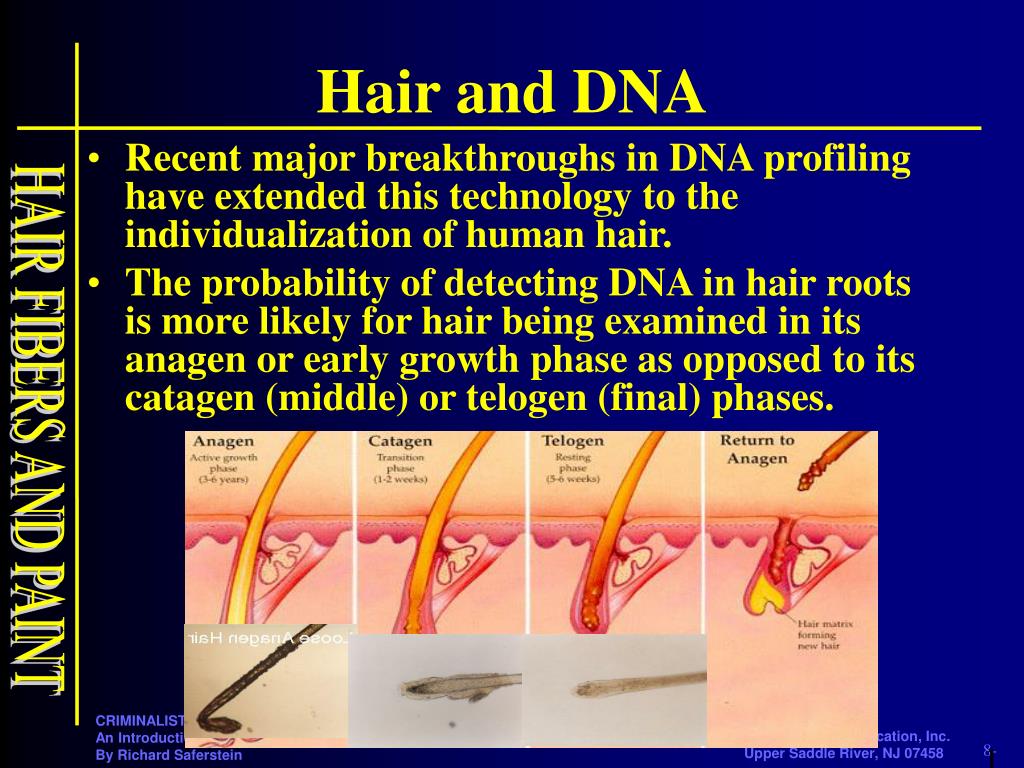




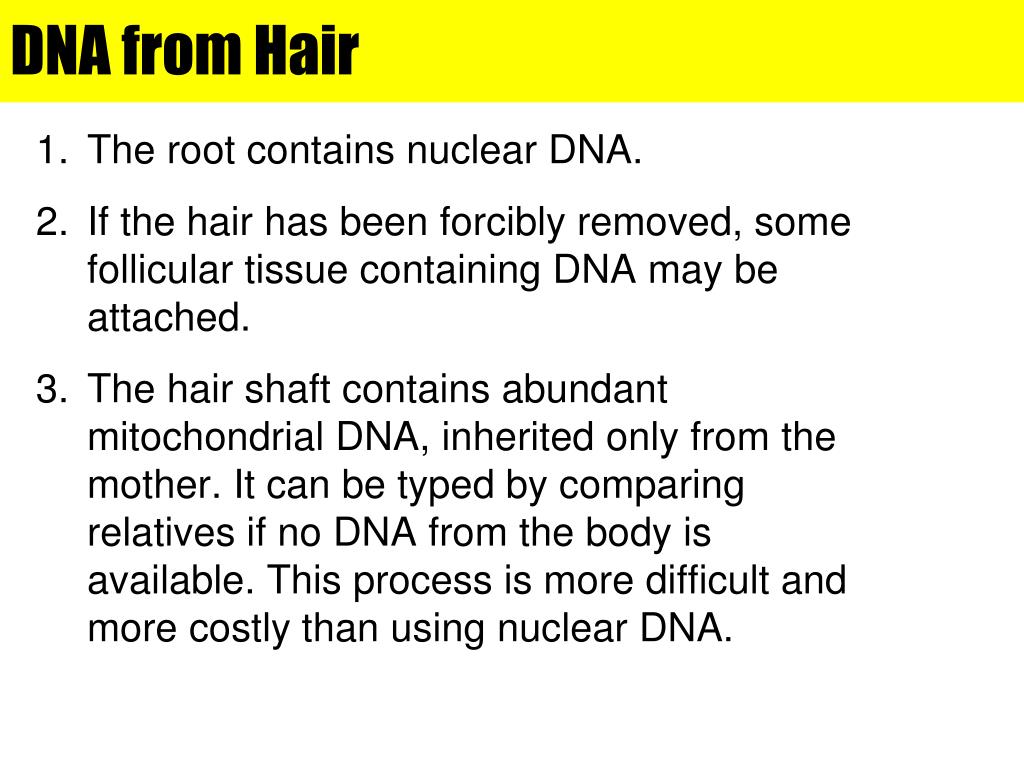

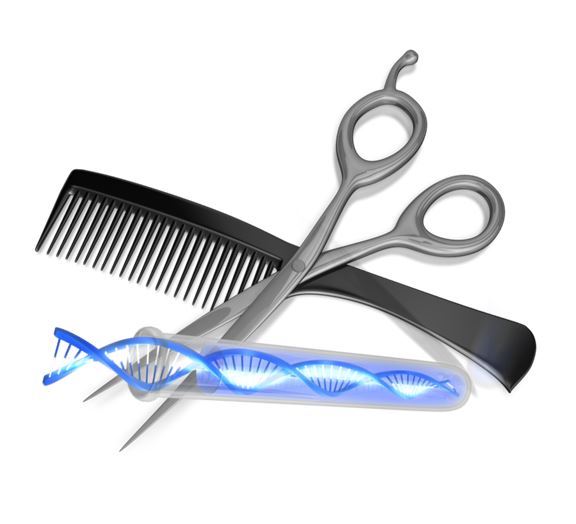


![The structure of people’s hair [PeerJ]](https://dfzljdn9uc3pi.cloudfront.net/2014/619/1/fig-4-full.png)
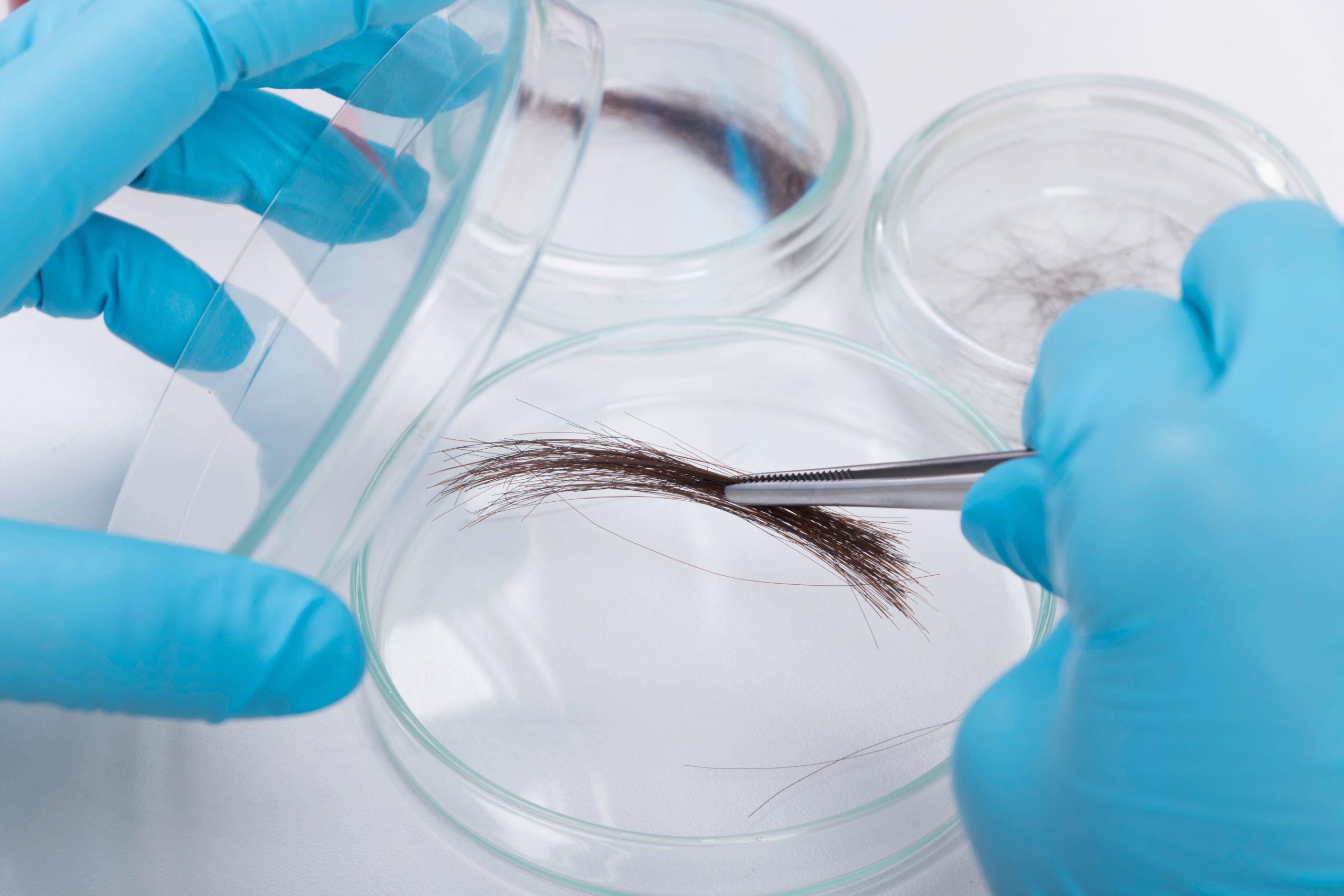
/hair-dna-2000-82eedd3f0f2e4622b421b956e6140c02.jpg)


